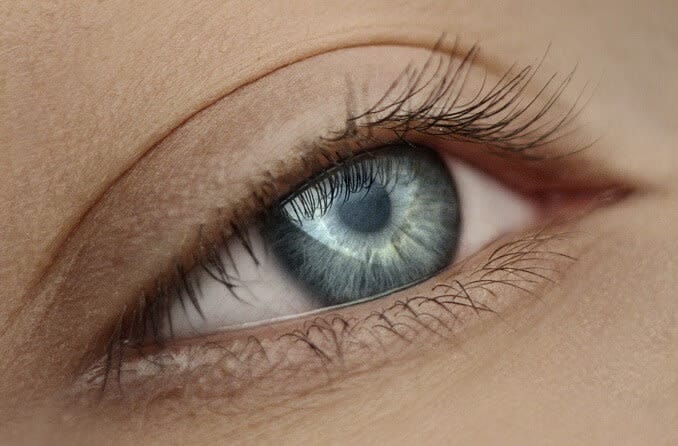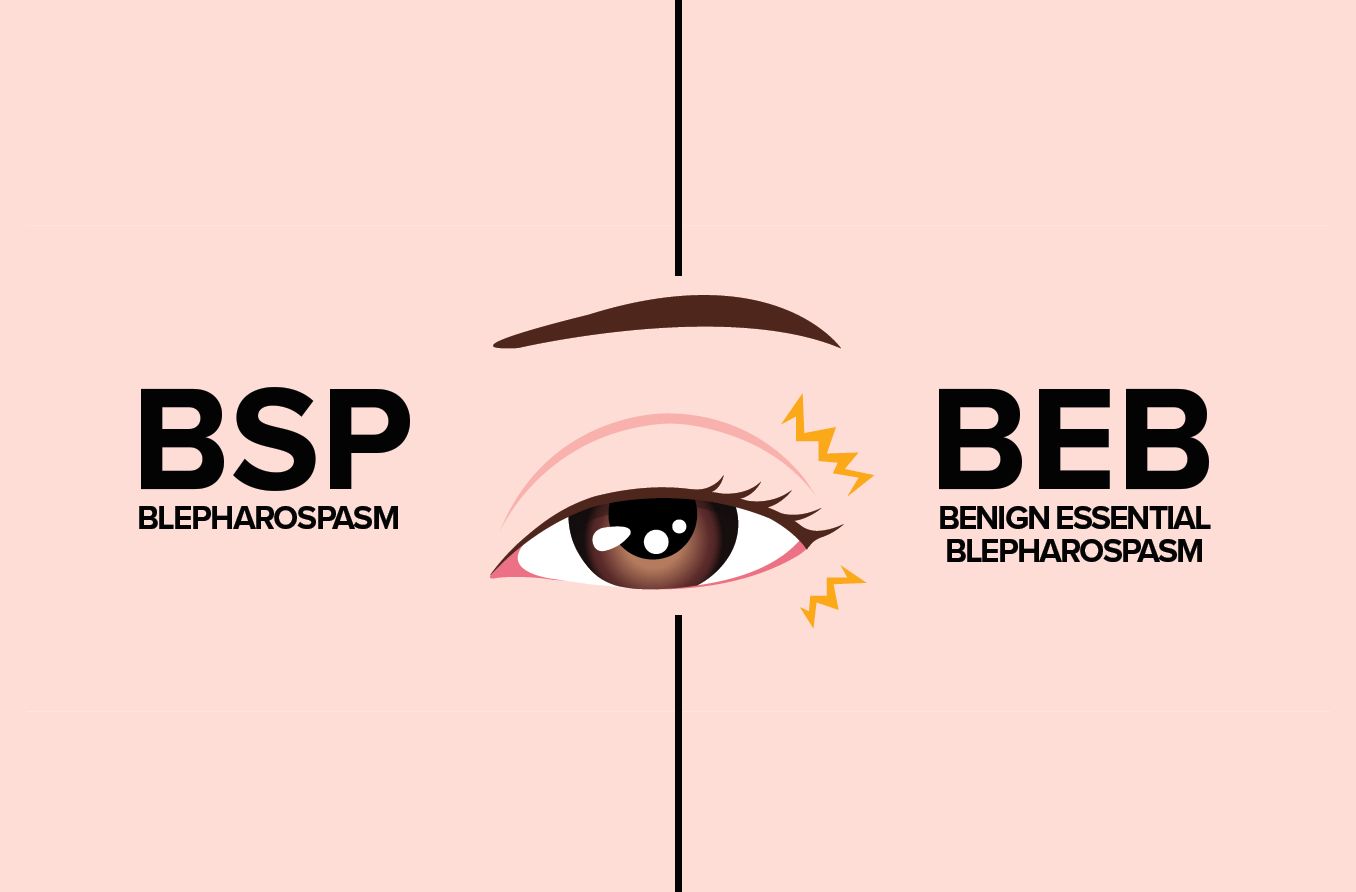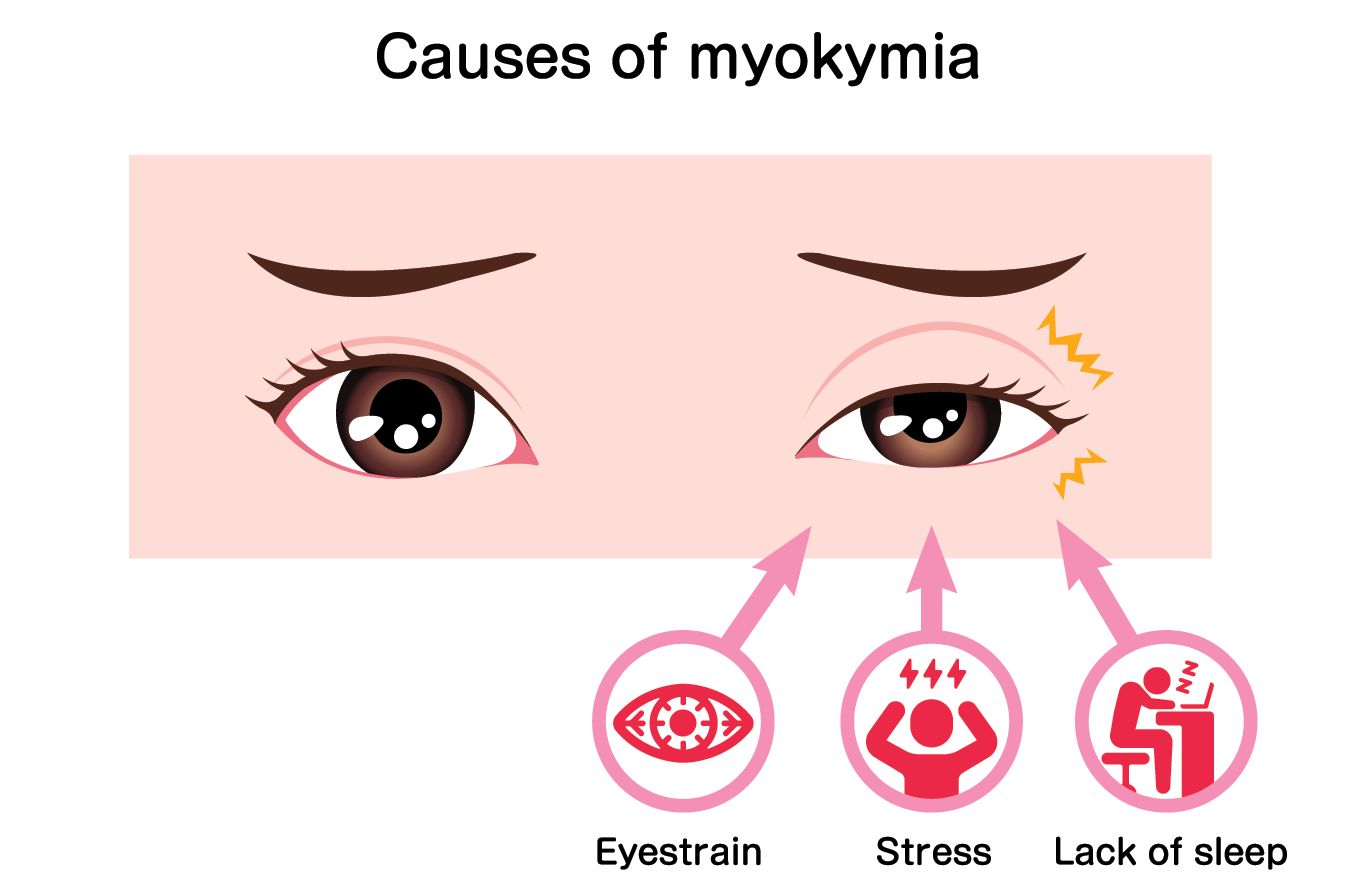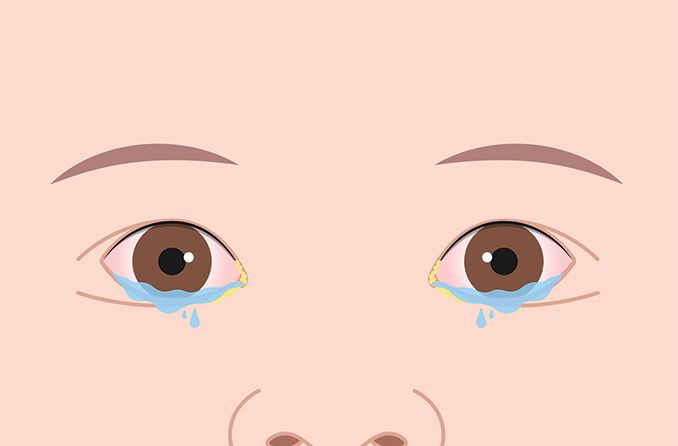Why am I blinking so much?
Excessive blinking in children and adults can indicate various underlying health and vision conditions. These range from simple causes such as dry eyes and allergies to complex neurological issues. Sometimes, when children blink too much, they need vision correction.
Although excessive blinking is often temporary and not a cause for alarm, rare cases may indicate a more serious issue involving the brain. To determine the cause of excessive blinking, speak with a trusted eye care professional. They can perform a comprehensive eye exam, recommend further tests or refer you to a specialist.
What is considered excessive blinking?
A normal blink rate varies from person to person, but the average blink rate for adults is around 14 to 17 times a minute. To be considered excessive, blinking frequency must interfere with daily life and vision. Factors to consider are how long the excessive blinking has been going on and whether additional symptoms are present.
Temporary changes in a person’s blink rate can happen for many reasons. For example, many people blink significantly less when staring at a screen — usually only 5 to 7 times per minute.
Blinking can also increase for emotional reasons, such as when you’re speaking with someone face-to-face or if you’re experiencing pain or anxiety. Blink rate can also increase for external reasons, such as cold, dry or windy climates or exposure to bright light. This type of temporary increase in the blink rate is normal.
What would cause someone to blink excessively?
There are several potential causes for excessive blinking in adults. These vary based on age and underlying health conditions and include:
Dry eye symptoms – Eye discomfort can be caused by poor tear production or an unstable tear film, resulting in dry eye.
Allergies – Irritants such as pollen or dust can make your eyes feel itchy and irritated.
Blepharitis – Eyelid inflammation can occur due to an overgrowth of bacteria on the eyelid, which can irritate the eyes.
Corneal abrasion – Abrasions or scratches on the cornea can cause pain and discomfort.
Trichiasis – Eyelashes can grow inward toward the eyeball and irritate the cornea, triggering the urge to blink.
Eye infection – Infections like pink eye can cause redness and inflammation on the eye's surface, leading to pain.
Neurological conditions – Neurological disorders such as blepharospasm (involuntary eyelid twitching or closing) or Tourette syndrome can cause excessive blinking. These cases would require evaluation by a specialist.
Eye strain – Eyes can become sore or tired due to focusing for long periods without breaks. Eye strain is often associated with digital screen use.
Medications – Certain medications such as antidepressants, dopamine-receptor blockers and malaria medications can cause rapid blinking as a side effect. Consult with your doctor if you suspect this may be the case.
What causes excessive blinking in children?
Babies blink at a much slower rate than adults. As they grow, the blink rate increases. In general, younger children typically blink less frequently than adults. Sometimes, children will have symptoms of excessive blinking due to:
Refractive error – Myopia, hyperopia or astigmatism can cause children to blink because their vision is blurry.
Eye misalignment – Misaligned eyes (also called “crossed eyes” or strabismus) occur when the eyes do not align correctly and focus in different directions.
Tic – This is an involuntary movement involving the face or other part of the body. An eyelid tic can be temporary and is not always a reason for concern.
Stress – Emotions can sometimes trigger excessive blinking. Children may blink more when they are anxious.
Symptoms of excessive blinking
Other symptoms may accompany excessive blinking, indicating an underlying condition. These include:
Dry eyes
Vision problems
Squinting or difficulty focusing
Pay attention to any symptoms that concern you, and discuss them with an eye care professional.
How is excessive blinking diagnosed?
If you or your child are experiencing symptoms such as excessive blinking, schedule an appointment with an eye doctor.
Your eye doctor can determine whether the blinking frequency is cause for concern. A slit lamp exam can help identify any abnormalities or signs of eye irritation. During this test, a doctor will use an instrument to examine the eye’s surface (cornea) and its internal structures. The doctor will also check for refractive errors or eye misalignment.
Inform your doctor about any other symptoms or changes in vision and any family history of eye conditions. A referral to a specialist may be necessary for further evaluation.
Treatments for excessive eye blinking
Treatment for excessive blinking depends on the underlying cause. In some cases, over-the-counter drugs may help to reduce symptoms. Treatments for excessive blinking include:
Eye drops – Drops can help soothe dry or irritated eyes. This may reduce the urge to blink too much.
Allergy medication – Antihistamines and other medications can alleviate symptoms of eye allergies such as redness and itching.
Eye patch – A corneal abrasion or injury to the eye may require a patch to protect the area and promote healing.
For more severe issues, your doctor may prescribe medications or recommend additional testing. Treatment for neurological causes will depend on the specific condition and your neurologist’s recommendation.
Treating excessive blinking in children
Children who blink too much may be having a hard time seeing clearly. An evaluation with an eye doctor is important to diagnose the cause. The following treatments may be recommended:
Glasses – If a refractive error is causing excessive blinking, prescription eyeglasses can correct the issue and reduce the urge to blink.
Eye patch – Children with strabismus may be asked to wear an eye patch over the stronger eye. This helps strengthen the weaker eye and can sometimes improve alignment. Only an eye doctor should prescribe an eye patch.
Eye surgery – In some cases, surgery may be required to correct misalignment.
Manage excessive blinking
While blinking is a natural reflex and a normal eye function, long-term excessive blinking should not be ignored. By understanding the causes, symptoms and treatment options, you can take steps to manage your condition. An eye doctor can provide guidance about blinking rates and help you maintain long-term eye health.










